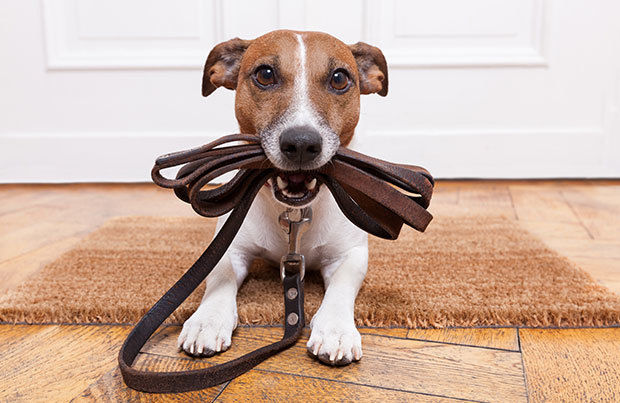Moving with Pets
- waden3
- Jan 25, 2018
- 2 min read
Moving with pets, especially cats and dogs, can add an extra layer of logistics to an already hectic time, but with some careful planning, you can make the transition easier on both of you.
1. Get your pets chipped. Even if you have indoor animals, a move is a time when a lot of doors are left open and the animal is already confused. Remember that for a lot of animals, territory is important for them and they've just been removed from theirs. This instinct to return to their home turf might mean that a cat that never bolts for the door starts doing it now. For around $35, you can drastically increase the odds of finding your furbaby if you have them chipped.
2. Plan your packing. Your dog is very sensitive to your emotions and to change. While you're packing you might be anxious and hurried, making sudden, drastic changes to their environment. If possible, slow down the process of packing so they have time to adjust to the changes and see that you're not worried so they shouldn't be either.

3. Introduce them to the kennel/carrier. You may have only ever traveled with your animal to take them to the vet. If that's the case, make sure they are going to be comfortable driving to your new home by adding treats and toys and encouraging them to sleep in it.
4. Get them out of the house on moving day. Moving day is a great day for boarding or to spend with a human they know well. Being underfoot when strangers come in and take away everything they know is very stressful and can cause anxiety which can lead to misbehaviors like marking, barking, or biting. Your pet may also run away in the confusion. For their safety and your peace of mind, make sure they are cared for that day.
5. Unpack their box first. In a new house with new sights and smells, your animal will likely be anxious and confused. Have their toys, bed, litter box, etc all set up in a place that is out of the way so they can have a retreat. Immediately show them the place and give them treats to reaffirm that this is a haven and their things are still there. Several families I know bought a new cat condo with an enclosed "room" on one of the levels in the weeks before the move. They sprinkled it liberally with catnip and once the cat was comfortable sleeping in the little room and scratching the posts, they made sure it was the first piece unpacked and set up at the new house. Their cats were curious about unpacking, but when things got overwhelming, they would go and sleep in their condos.
6. Re-establish a routine. Especially if the move was long and disrupted the animal's routine for days, it's important to give them a sense of routine as soon as possible at the end. Routines are comforting to most animals. Make sure to have regular walks, play times, and treat times so they've got an outlet for their nervous energy and so they know that everything will be ok because home is where their human is.














Comments